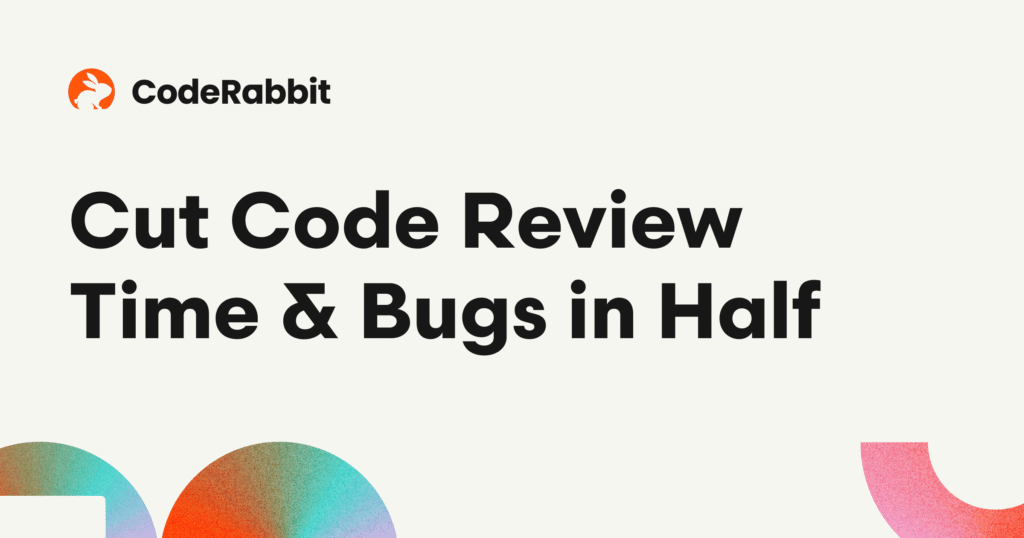In a rapidly evolving technological landscape, the demand for efficient and scalable automation solutions has surged. Organizations are increasingly turning to AI-powered platforms to enhance their operational capability. This article delves into the strengths and weaknesses of two prominent players in the AI code review market: CodeRabbit and its contemporaries. It will present a comparative analysis of the platforms focusing on their functionality, implications for business scalability, and overall return on investment (ROI).
CodeRabbit recently secured $60 million in Series B funding, elevating its total funding to $88 million. This investment signals a strong market confidence in CodeRabbit’s offering, particularly its advanced context-aware AI code review capabilities, which address the prevalent issue of “vibe coding.” This phenomenon occurs when code generation outpaces review processes, creating bottlenecks in software development lifecycles. The need for sophisticated code review mechanisms has become imperative for businesses striving for agility and robustness in their coding environments.
The primary strength of CodeRabbit lies in its ability to integrate seamlessly into existing development workflows. It stands out through its comprehensive suite of features, including command-line interface (CLI) support, pre-merge checks for automatic unit testing, and custom guardrails. Such integrations are crucial as they enable teams to deliver on performance and quality in a swift manner. The platform’s recent advancements are significant, allowing over 8,000 paying customers—including notable names like Groupon and Chegg—to experience substantial boosts in their coding efficiency. Moreover, CodeRabbit’s impressive growth metrics—10x revenue increase in the past year and a doubling of headcount—further underscore its appeal in the market.
However, while CodeRabbit offers a robust solution, it is essential to weigh its capabilities against competitors like GitHub Copilot and Cursor. GitHub Copilot, for instance, integrates generative AI directly within integrated development environments (IDEs), turning the coding process into a more intuitive and collaborative experience. Its access to a comprehensive knowledge base makes it an attractive tool for developers seeking to minimize errors and optimize code efficiency. Yet, its reliance on existing context may limit its capacity to adapt to unique architectural implementations, thereby presenting a potential drawback in scenarios requiring specialized knowledge.
In contrast, Cursor provides users with an innovative presentation tool that leverages AI to drive engagement and streamline communication. Its potential use-cases in enhancing team collaboration make it worthwhile for organizations seeking effective ways to present complex information. Nevertheless, the primary focus is not on code review, which diminishes its relevance when comparing specific AI code review functionalities against platforms designed for that purpose.
Cost considerations also play a crucial role in the selection process. CodeRabbit’s pricing strategy, while competitive, needs to be examined in conjunction with the value it delivers. The platform’s scalability further enhances its attractiveness, allowing businesses—small and medium-sized enterprises (SMBs) in particular—to adopt the solution without the burden of inflated initial investments. Such a model caters well to budget-sensitive organizations focused on maximizing ROI through process automation.
The ROI realized from deploying AI code review platforms like CodeRabbit can be substantial. Companies utilizing its features report reduced code review times and improved code quality, which directly correlates with decreased overhead costs and shorter time-to-market timelines. These efficiencies enable companies to focus resources on more strategic initiatives rather than being bogged down by routine quality control procedures.
As we analyze these platforms, it becomes evident that scalability should not be an afterthought. For SMB leaders aiming for growth, selecting a platform that adapts to increasing demands while maintaining cost-effectiveness is imperative. The dynamic nature of CodeRabbit’s toolset showcases its alignment with modern automated workflows, thereby positioning it favorably against competitors.
In conclusion, while CodeRabbit emerges as a particularly strong player in the AI code review landscape, SMB leaders should consider their specific operational needs when evaluating their options. Tools such as GitHub Copilot and Cursor offer distinct advantages but may lack the dedicated focus on code reviews provided by CodeRabbit. Therefore, the choice between these platforms must be driven by an organization’s long-term strategy, specific use cases, and budget constraints.
FlowMind AI Insight: To fully optimize their development processes, SMB leaders must adopt AI-driven solutions like CodeRabbit that not only enhance code quality but also streamline workflows. Investing in the right tools today will yield significant returns, both in efficiency and in the competitive positioning of the business in the rapidly advancing AI landscape.
Original article: Read here
2025-09-16 16:06:00

